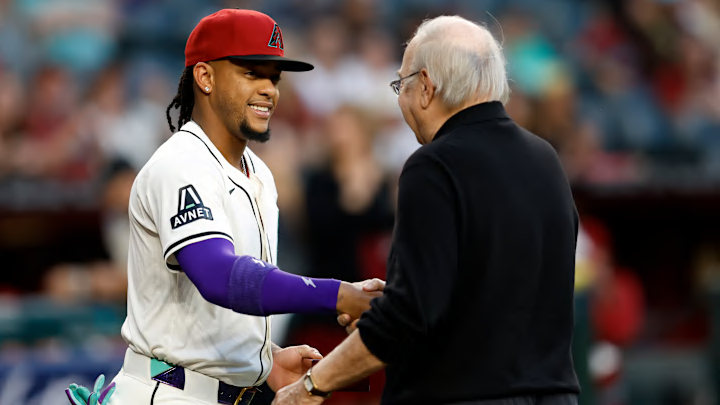For the better part of a decade, the NL West has been a measuring-stick division with one unavoidable reality: everything runs through the Dodgers. 12 titles in 13 years is not a quirk; it’s a gravitational pull. The San Diego Padres have spent seasons building, retooling, and sprinting to catch that standard, and when they’ve pushed, the division has felt electric and volatile. As 2025 closes, that familiar tension is already humming again — only this time, the chase looks simpler on paper. Fewer contenders, same mountain.
San Diego’s early offseason picture is complicated but not bleak. There are questions to answer, sure, yet the spine of this roster remains intact. Contrast that with the rest of the neighborhood. The Giants and Rockies are navigating front-office shuffles, and the Diamondbacks — after a 2023 World Series run and a rocky couple of seasons, now look poised to downshift. The result? A division that’s quietly re-stacking into a two-team duel. With the Padres bounced from October and eyes turned to winter, you can already see the shape of 2026: San Diego and Los Angeles knuckling up for the crown.
Padres’ 2026 NL West odds improve as rival chooses to retrench
Arizona’s pivot is the loudest tell. The D-backs sold at the 2025 deadline, most notably sending Josh Naylor and Eugenio Suárez to Seattle in separate deals and moving Merrill Kelly to Texas — and still managed to scrap their way into the fringes of the race down the stretch. That late push gave them cover to talk about efficiency and rebalancing, but it also underscored the thin margin they’ll live with if they scale back again. Over 162, you can’t bluff depth.
Owner Ken Kendrick didn’t sugarcoat it: “We will not be spending at the same level,” he said on Arizona Sports 98.7 FM, noting their 40-man outlay was around $220 million this year and indicating it will be lower next season. He insisted the payroll will remain “very significant,” enough to compete for a playoff spot. That’s a defensible stance for a franchise recalibrating after an aggressive window, but the practical outcome in this division is stark. When the two heaviest rosters in the room are pressing the gas, being “competitive” often translates to chasing a wild card, not dictating the race.
And that’s where the Padres come back into focus. Even with work to do, San Diego’s path is cleaner than most. The core star power is present, the bullpen blueprint has proven portable year to year, and the club has enough maneuverability to address obvious needs — more innings behind the front of the rotation, a steadier floor in the lineup’s soft spots, and depth that travels from April to September. If the Diamondbacks are retrenching and the Giants/Rockies are retooling, the Padres’ mandate is simple: match the Dodgers’ relentlessness, not their press release.
None of this guarantees a parade. “Two-team race” is a headline, not a destiny. The Dodgers will be the Dodgers, resourceful, opportunistic, ruthless with edges. To turn a narrowed field into an actual division banner, San Diego has to turn their questions into answers before March: convert the rotation from volatile to bankable, insulate stars with real protection, and keep the run-prevention machine humming. Do that, and the 2026 NL West won’t just be shrinking — it’ll be there for the Padres to seize.
